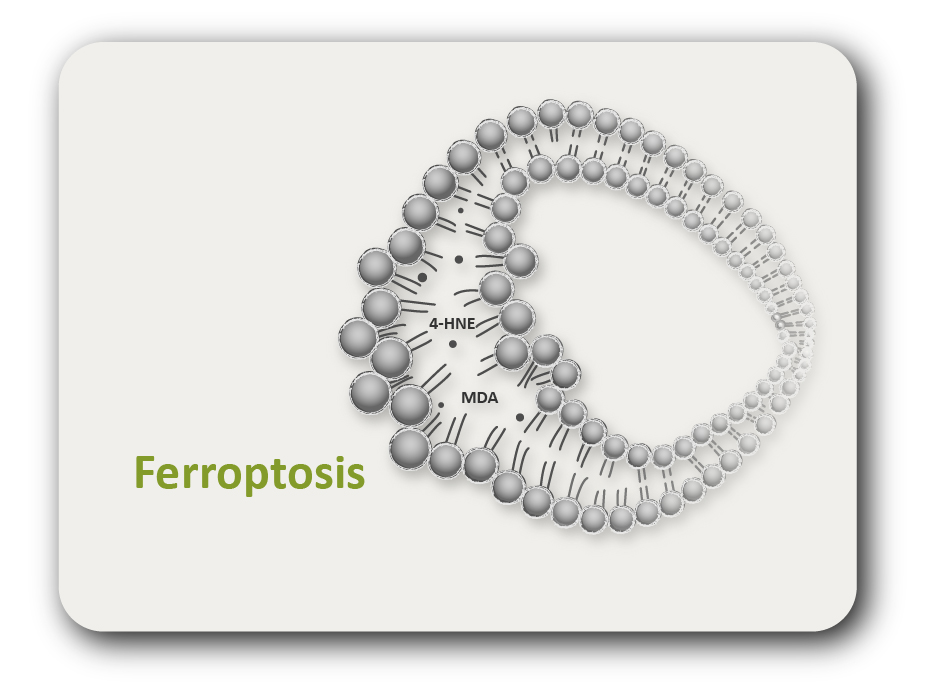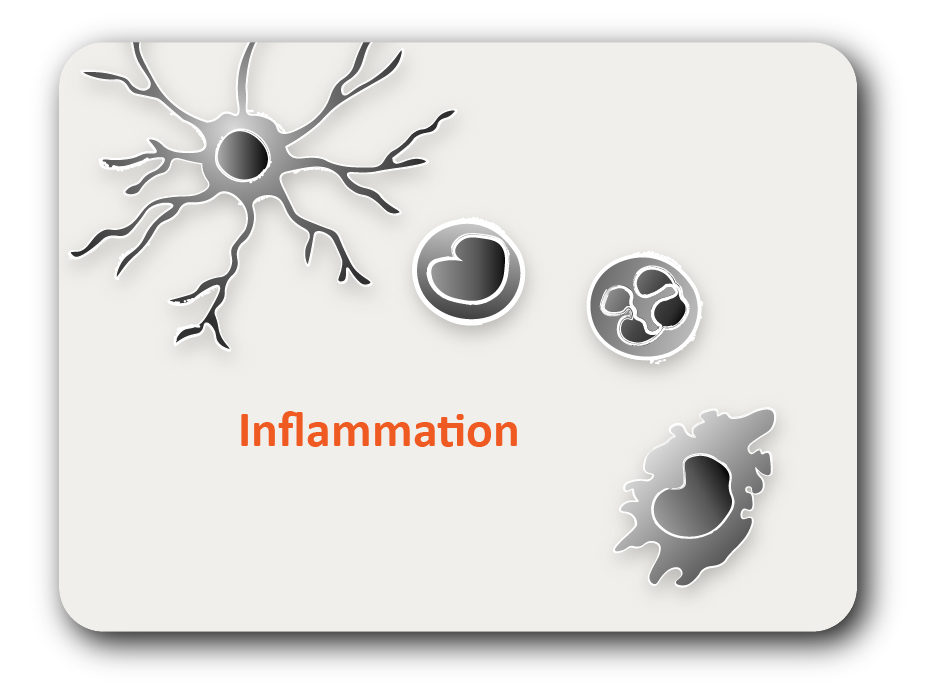ARG23396
anti-CD5 antibody [YKIX322.3] (FITC)
anti-CD5 antibody [YKIX322.3] (FITC) for Flow cytometry and Dog
概述
| 产品描述 | FITC-conjugated Rat Monoclonal antibody [YKIX322.3] recognizes CD5 Rat anti Dog CD5 antibody, clone YKIX322.3 recognizes canine CD5, a 67 kDa cell surface type 1 transmembrane glycoprotein also known as lymphocyte antigen T1, Ly-1 or Leu-1. CD5 is expressed on the surface of T-cells and thymocytes, CD5 is also expressed by NK cells at low levels (Huang et al. 2008). Rat anti dog CD5, cloneYKIX322.3 was clustered as canine CD5 in the First Canine Leucocyte Antigen Workshop (Cobbold et al. 1994).In a study of 73 cases of canine chronic lymphocytic leukemia (CLL) CD5 expression was absent on all cases of B-cell CLL as defined by CD21 expression and lack of CD3 or other T cell antigen expression (Vernau and Moore 1999). Rat anti dog CD5 serves as a useful marker for the discrimination of canine leukemias of differing origins (Villiers 2002). |
|---|---|
| 反应物种 | Dog |
| 应用 | FACS |
| 宿主 | Rat |
| 克隆 | Monoclonal |
| 克隆号 | YKIX322.3 |
| 同位型 | IgG2a |
| 靶点名称 | CD5 |
| 抗原物种 | Dog |
| 抗原 | Concanavilin A activated canine peripheral blood cells |
| 偶联标记 | FITC |
| 別名 | CD antigen CD5; Lymphocyte antigen T1/Leu-1; LEU1; T-cell surface glycoprotein CD5; T1 |
应用说明
| 应用建议 |
|
||||
|---|---|---|---|---|---|
| 应用说明 | FACS: Use 10 µl of the suggested working dilution to label 10^6 cells or 100 µl of whole blood. * The dilutions indicate recommended starting dilutions and the optimal dilutions or concentrations should be determined by the scientist. |
属性
| 形式 | Liquid |
|---|---|
| 纯化 | Purification with Protein G. |
| 缓冲液 | PBS, 0.09% Sodium azide and 1% BSA. |
| 抗菌剂 | 0.09% Sodium azide |
| 稳定剂 | 1% BSA |
| 浓度 | 0.1 mg/ml |
| 存放说明 | Aliquot and store in the dark at 2-8°C. Keep protected from prolonged exposure to light. Avoid repeated freeze/thaw cycles. Suggest spin the vial prior to opening. The antibody solution should be gently mixed before use. |
| 注意事项 | For laboratory research only, not for drug, diagnostic or other use. |
生物信息
| 基因名称 | CD5 |
|---|---|
| 全名 | CD5 molecule |
| 生物功能 | May act as a receptor in regulating T-cell proliferation. [UniProt] |
| 预测分子量 | 55 kDa |
| 翻译后修饰 | Phosphorylated on tyrosine residues by LYN; this creates binding sites for PTPN6/SHP-1. [UniProt] |





